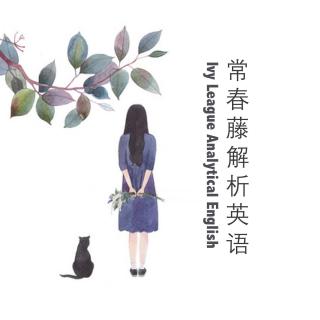
介绍:
Pearl Hunters and the Real-life Mermaids of Northeast Asia 潛入深海尋覓珍珠的人魚 ── 海女(b)
Mermaids are mythical1 halfwomen, half-fish creatures that have been written about for millennia▼. In some cultures, mermaids are kindly and helpful to anglers▼ in distress, but mermaids are also known to cause havoc▼ by wrecking2 fishing boats and eating the sailors! The less threatening3 real-life versions of mermaids in Japan and Korea are the elderly women called ama▼ in Japanese and haenyeo in Korean. They work as free divers seeking pearls and seafood from the ocean depths.
Originally, only men did this difficult and sometimes dangerous work of collecting marine life and pearls, in water as deep as 30 meters, without the assistance of a breathing apparatus▼. Over time, women replaced the men as free divers. Women generally have more body fat than men, which provides them with more protection from the icy cold water of lower sea depths.
Free divers in Japan used to wear only a loincloth▼ and bandana▼ when submerged4. After World War II, with the introduction of tourism to the tiny islands off Japan's coast, women began to wear more modest clothing, like a white robe▼ to cover their private parts.
Around the same time on a few islands in South Korea, women began to outnumber5 men in the profession6, leading to significant changes in social structure. The haenyeo became the breadwinners▼, with men tending to the children and housework. Families began to celebrate the birth of girls, and men paid dowries▼ to families of brides.
The traditions of ama and haenyeo are now fading7. Where they still exist, they have become as much a tourist attraction as a lifestyle. If you're interested in seeing the "mermaids" or want to purchase8 hand-collected pearls, you'd better hurry up and visit the outlying▼ islands of Japan and Korea.
1. What is the main purpose of the second paragraph of Day 1?
(A) To describe how pearls are made in nature.
(B) To rank the relative value of all the gemstones.
(C) To explain why only shellfish can make pearls.
(D) To detail the differences between oysters and other shellfish.
2. Which of the following has most likely been associated with the wearing of pearls?
(A) Athletic9 ability.
(B) Kindness and elegance.
(C) Ruthless▼ military or government power.
(D) The ability to have many children.
3. Why are ama and haenyeo more suited for the work of free diving?
(A) They are more familiar with the local seashore than men.
(B) They exercise more often than men and are therefore stronger.
(C) They have better eyesight than men to find pearls on the seabed.
(D) They have more body fat, allowing them to stay underwater longer.
4. What can be inferred from the fourth paragraph of Day 2?
(A) Income greatly affects how families organize themselves.
(B) Koreans discovered that men are better at tending the home than women.
(C) The South Korean government encouraged more women to become haenyeo.
(D) Higher pay attracted women to become factory workers.
大家还在听

